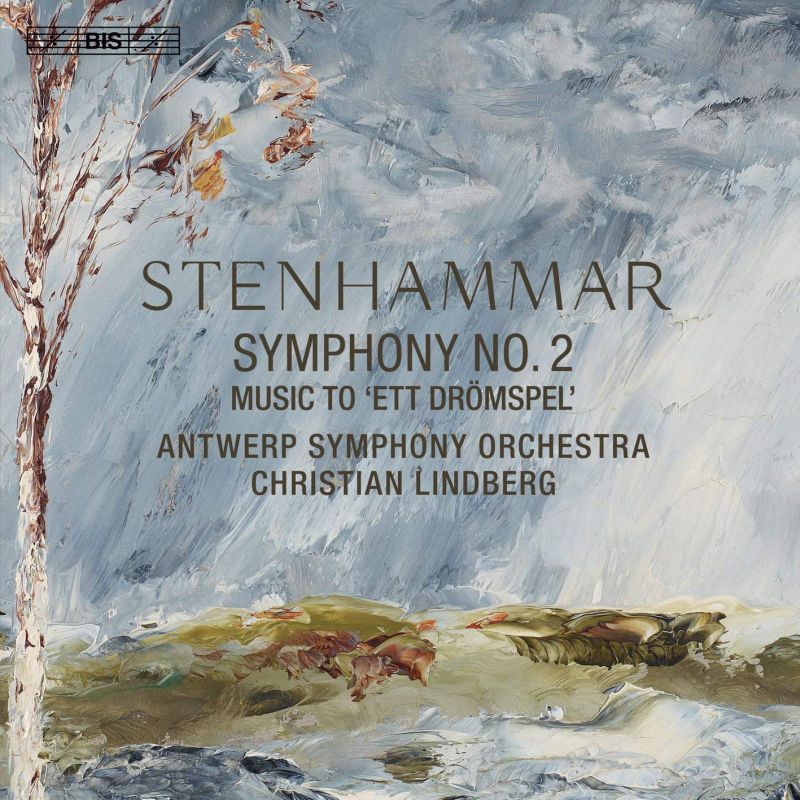STENHAMMAR Symphony No 2 (Lindberg)
View record and artist detailsRecord and Artist Details
Composer or Director: (Karl) Wilhelm (Eugen) Stenhammar
Genre:
Orchestral
Label: BIS
Magazine Review Date: AW18
Media Format: CD or Download
Media Runtime: 58
Mastering:
DDD
Catalogue Number: BIS2329

Tracks:
| Composition | Artist Credit |
|---|---|
| Symphony No. 2 |
(Karl) Wilhelm (Eugen) Stenhammar, Composer
(Karl) Wilhelm (Eugen) Stenhammar, Composer Antwerp Symphony Orchestra Christian Lindberg, Conductor |
| Music for 'A Dream Play' by August Strindberg |
(Karl) Wilhelm (Eugen) Stenhammar, Composer
(Karl) Wilhelm (Eugen) Stenhammar, Composer Antwerp Symphony Orchestra Christian Lindberg, Conductor |
Author: Andrew Farach-Colton
Christian Lindberg’s recording of the Serenade (BIS, 8/14) is highly enjoyable but his account of the Second Symphony (with the same orchestra, now renamed) is finer still. This is not the kind of piece that ‘plays itself’, either. Take the lyrical first movement, marked Allegro energico: Stig Westerberg, in what has until now been my touchstone on disc (Caprice, 4/80), lights a fire in music that can seem deceptively cool on its surface, despite taking a tempo that feels closer to Allegro moderato; Lindberg’s version doesn’t burn quite so hot but moves with the sense of urgency I believe Stenhammar had in mind. The Andante lilts, the Scherzo swings, and he wisely keeps the busy contrapuntal finale bustling along – except for the central tranquillamente (at 5'30"), played so broadly and with such exquisite tenderness it feels as if time suddenly stopped. Indeed, framed in this way, this small section becomes the symphony’s emotional core: an oasis of pure, cleansing, cantabile polyphony, like one has stepped from the clamour of a city street into the serenity of a chapel.
Hilding Rosenberg’s concert version of the incidental music for Strindberg’s A Dream Play (1916) has been recorded previously (Sterling, A/02) but with a good five minutes’ worth of Swedish dialogue. Here, without the text, its enigmatic character is more pronounced. Some of the music sounds as if it were meant to remain in the background but there are moments that leap out, like the eerie cawing of the violins behind radiant woodwinds at the end – a bit of tone-painting that looks a half-century ahead to the film scores of Bernard Herrmann. A glorious release. Don’t miss it.
Discover the world's largest classical music catalogue with Presto Music.

Gramophone Digital Club
- Digital Edition
- Digital Archive
- Reviews Database
- Full website access
From £8.75 / month
Subscribe
Gramophone Full Club
- Print Edition
- Digital Edition
- Digital Archive
- Reviews Database
- Full website access
From £11.00 / month
Subscribe
If you are a library, university or other organisation that would be interested in an institutional subscription to Gramophone please click here for further information.




